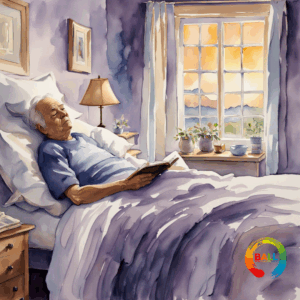Commercial tobacco use remains the leading cause of preventable disease, disability, and death in the U.S., disproportionately affecting marginalized communities. For decades, tobacco companies have strategically targeted youth, low-income communities, and racial and ethnic minorities, increasing access to and appeal of tobacco products. Social factors like poverty, discrimination, and adverse childhood experiences further contribute to tobacco use, making it harder for individuals to quit. Addressing these disparities through evidence-based strategies—such as tobacco-free policies, cessation support, and restrictions on tobacco marketing—can help reduce tobacco-related health inequities and protect future generations.
Key Facts About Tobacco Use and Its Impact:
- Targeted Marketing: Tobacco companies have historically marketed their products more aggressively to youth, low-income communities, and racial and ethnic minorities.
- Health Disparities: People with mental health conditions and substance use disorders face higher rates of tobacco-related disease and death.
- Secondhand Smoke Exposure: Comprehensive smoke-free policies in workplaces, schools, and multi-unit housing help protect public health.
- Cessation Support: Expanding access to affordable quitting resources, including FDA-approved medications and behavioral counseling, increases success rates.
- Policy Impact: States like California, Massachusetts, and Michigan have made significant progress through tobacco-free laws and retailer restrictions.
Eliminating tobacco-related disparities requires a collective effort. By supporting smoke-free policies, promoting access to cessation resources, and addressing targeted marketing, we can create healthier communities for all. If you or someone you know is trying to quit, seek out proven resources and support systems. Together, we can work toward a future free from the harms of commercial tobacco.
Reference: https://www.cdc.gov/reach/php/strategies/tobacco-prevention-control.html







